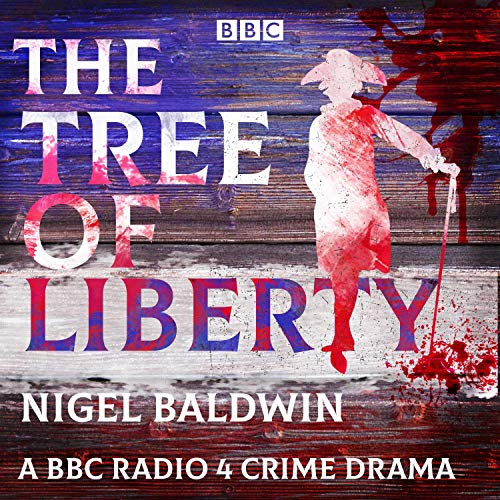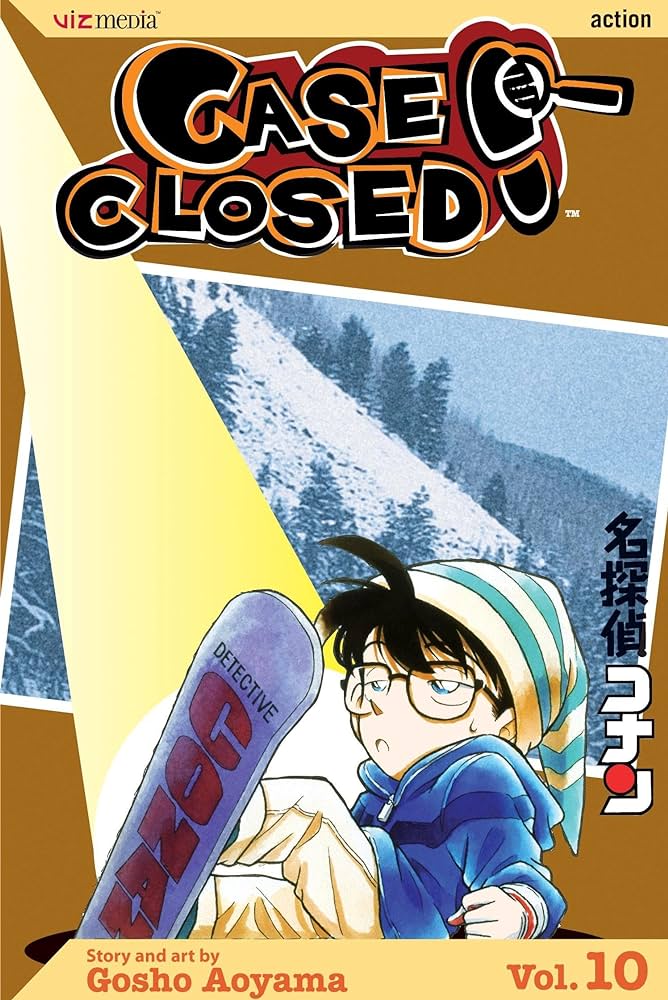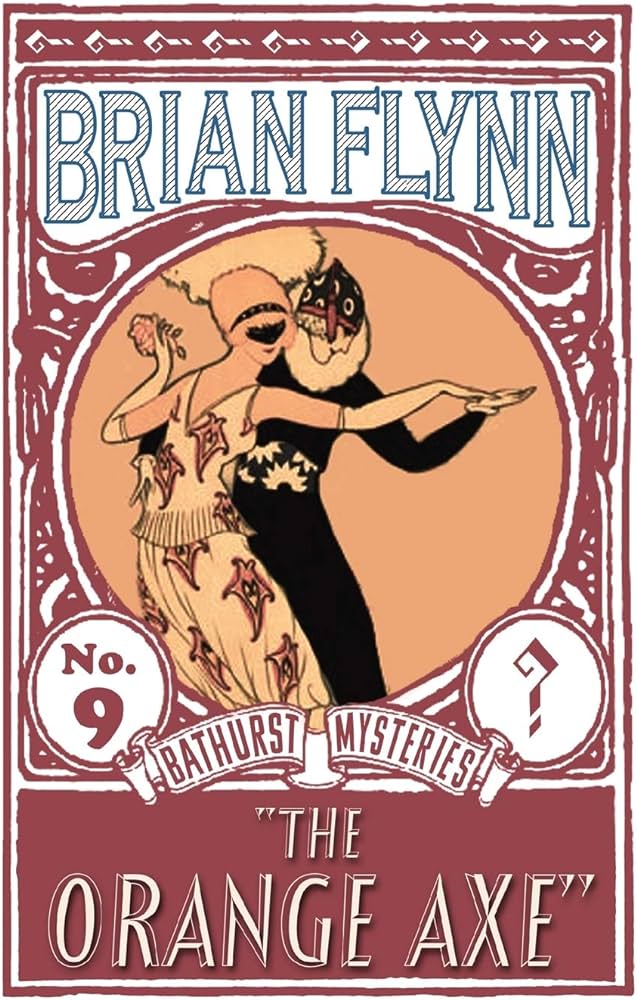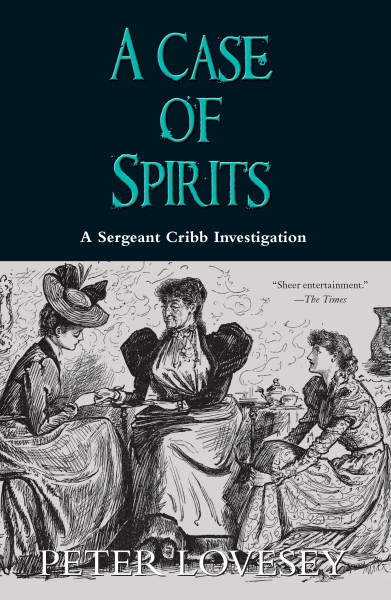
Agatha Christie
Originally published 1958
When I first began blogging about crime fiction I had a number of goals in mind. One of the biggest reasons I started this blog was to broaden my literary horizons. Part of that goal meant finding brand new writers and trying books from crime fiction sub-genres I would otherwise never have tried, but the other part of my thinking was that I wanted to learn more about some of the seminal figures in the genre through exploring their work.
I was, of course, already quite familiar with the works of Agatha Christie long before I began blogging. I grew up watching the ITV adaptations of the Poirot stories and I loved to listen to the June Whitfield radio versions of the Marple stories as a teen and was inspired to explore the novels themselves. Yet though I have read most of Dame Agatha’s novels featuring her two greatest creations, Miss Marple and Poirot, I have to confess that I have not dipped into much of her other work beyond And Then There Were None.
I plan to rectify that.
Ordeal by Innocence is the first book I have selected as part of that quest to educate myself about her other works. My goal is to read every one of her detective and mystery novels, beginning with the standalone works and then tackling Inspector Battle as well as Tommy and Tuppence.
Why did I select this book to be my first? The honest answer is that I know it is one of Christie’s two personal favorite works and so I hoped that I’d be starting off on a high note.
The novel begins with a man, Arthur Calgary, taking a journey to deliver a piece of information to the family of Jacko Argyle. Jacko had died in prison after being found guilty of killing his adoptive mother. He had protested his innocence, saying that he had an alibi as he was being given a lift by a stranger but no one had ever come forward to confirm Jacko’s story.
Arthur had been the man that gave Jacko that lift but, after getting hit in an accident, he was badly injured and only recently recovered his memory of what had happened when he learned of Jacko’s fate. Blaming himself, he hoped to provide comfort to the Argyle family by proving his innocence but his news has the unintended consequence of alerting the family that the real murderer must be one of them. Realizing he has only added to their troubles, Arthur determines he will protect the innocent by finding the real killer.
This is an interesting starting point for the novel and it allows Christie to define her theme of discussing the nature of innocence and justice early and clearly. It is chiefly concerned with the question of whose innocence is more important: Jacko’s or the remaining family members who were not guilty of committing the murder. I felt that this was an interesting question and that the most successful parts of the novel were those exploring the complicated reactions of the family to Arthur’s news and the ways that information alters how family members interact with one another.
By presenting her story from the various perspectives of each of the family members, Christie enables us to feel closer to her characters, to hear their worries and to understand their decision making. This is very helpful in terms of addressing her central theme and in conveying the paranoia that Arthur’s revelation brings but it also brings a problem with it. We know that at least one of the family must be the killer yet we are also privy to their thoughts. It is hard to believe that the guilty party would not be constantly worrying about their own safety as the case reopens which would present problems if we are hearing their thoughts. Christie attempts to avoid this by having that character be absorbed in a situation whenever we have to hear from them.
This compromise is a little inelegant but it exists to make sure that the novel still works as a traditional whodunit mystery building to an identification of the killer at the conclusion. I think this approach essentially works but some will find it draws attention to the killer’s identity. I do wonder if, freed from the structure of the traditional whodunit and perhaps presented in an inverted form, the novel might have been able to develop its themes even more effectively.
Christie’s decision to retain aspects of the traditional whodunit also impacts the development of the character of Arthur who assumes the mantle of detective but does not assert himself much within the narrative until the ending. Once again this feels like an awkward compromise designed to have events explained to an outsider for the reader’s benefit but, because Christie wants us to hear the family members’ thoughts first hand he is largely absent from much of what follows and so feels ill-defined and like he doesn’t really fit with the rest of the narrative. There is an attempt, near the end, to tie him more directly to the fates of one of the characters but in a novel that seeks to explore human psychology, this feels like a highly artificial development.
The Argyle family generally fares better and Christie spends considerable time exploring how this family was constructed and why each of the family members had come to resent Rachel Argyle in spite, and perhaps because, of her financial generosity with them. Some, such as the characters of Micky and Leo are particularly well drawn and possess interesting contradictions that Christie takes time to develop and illustrate.
There is one family member that didn’t sit particularly well with me and that was Tina. While the novel explores the other adoptive children’s struggles in adjusting to life in the Argyle family, Tina is more typically just defined by her mixed racial status. Where the other children’s complex feelings about their mother are explored, Tina is ‘docile’ and this is attributed to her mixed parentage. Generally I think that books have to be judged within the social context of the time they were written but it is frustrating that while her adoptive siblings’ complex feelings are explored in detail, Tina is not afforded the same depth of characterization within the novel.
While I had some issues with characterization and the development of the mystery itself, I have to say that I still found the book to be quite enjoyable and appreciated that it feels different from much of her other work. I would not agree with Christie’s own assessment that it is one of her very best works but I did find its central theme interesting and provocative.




Leave a comment